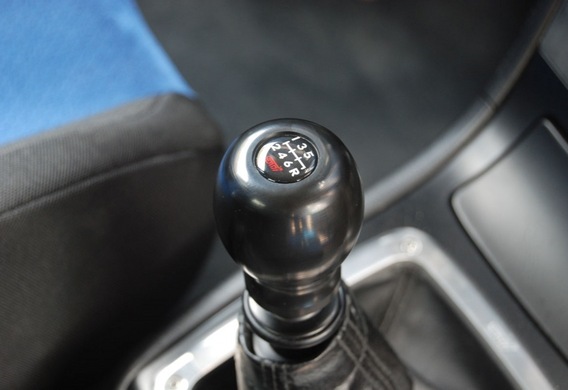
The manual transmission is considered to be the most untroubled type of transmission: its design has been tested over time and is simple about other types of transmission boxes, such as a variator, an automatic checkpoint, and a robot. But like any mechanism, a manual gearbox can break. Over time, this is inevitable because of the wear of the gear box details.
One of the most common manifestations of "fatigue" of the elements of the mechanical transmission is "flying" transmissions. The gear that has been included is popped and the lever goes into neutral, usually when the gas is flushed or the gas pedal is applied. The reason for the transmission is that the transmission is worn by the transmission unit of the gear. The coupler and gears are worn and must be replaced.
The reason for the wear condition of the gears may be several:
- Improper operation of the checkpoint: switching without pausing after the clutch pedal is pressed, switching on large turns under heavy load. All this accelerates the wear on the transmission.
- Untimely servicing of ICAPP: oil and synchronizers.
Remember that the first "call" is a crunchism. In time, this cruncher will lead to the gears of the gears, so it's not worth stalling. If the synchronizer is replaced, it is also recommended that you change the power on of the transfer because it is likely also worn.







